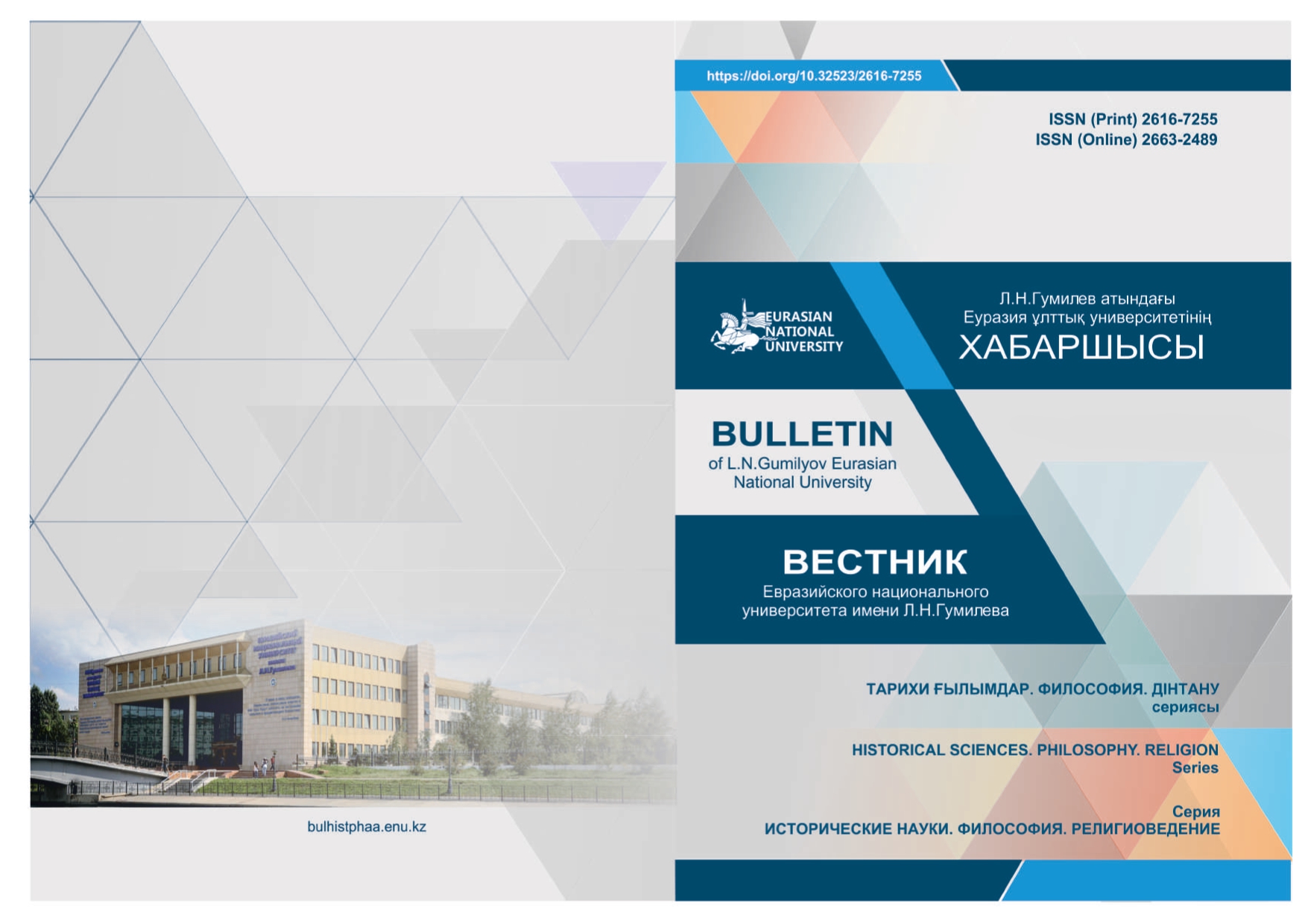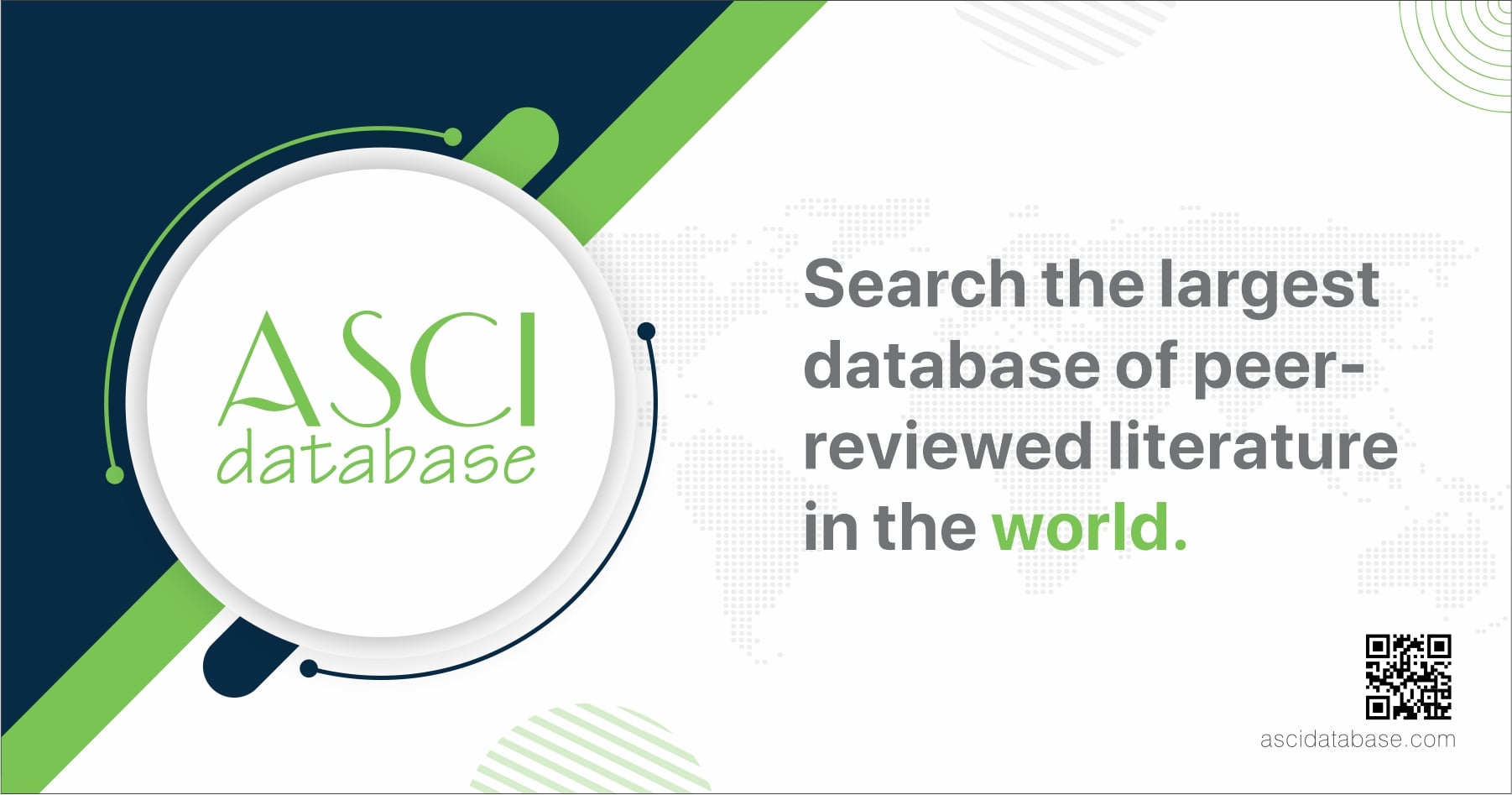Local cultural memory of Ulytau: the sacralisation of the area by means of symbolic forms encoding
Views: 181 / PDF downloads: 152
DOI:
https://doi.org/10.32523/2616-7255-2024-146-1-248-268Keywords:
Ulytau; cultural memory; historical memory; collective memory; landscape research; sacralizing the area; cultural landscape; symbolization of the areaAbstract
In the modern memory research, it is customary to distinguish the cultural and historical memory. Cultural memory is formed by the media-participants of the event, based on generational values, it has the ability to the constantly transformation. Whereas historical memory is a combination of knowledge and ideas about events in the past, accumulated through the information environment controlled by the authorities.
Applying these theoretical developments to the analysis of nation-forming processes in Kazakhstan, in this research paper, we pay attention to to the practice of constructing sacred places of memory or special places of national worship. Considering that the toponym Ulytau gave the name to a new administrative entity, this is of interest how knowledge about the cultural landscape revitalizes in the Ulytau district. After all, within the Soviet period, it can be stated that much knowledge was literally displaced to the periphery of socio-humanities in Kazakhstan. Whereas from a certain period Ulytau is beginning to stay in the position as a special historical centre – a landmark value for cultural memory. In this regard, the research work based on the study of the processes of Ulytau transformation into a powerful modernization concept of cultural memory restoration carries out through the sacralisation of the area.
The article completed within the framework of a dissertation research on the topic “Cultural landscape: research problems”.
Downloads
Downloads
Published
How to Cite
Issue
Section
License
Copyright (c) 2024 This work is licensed under a Creative Commons Attribution-NonCommercial 4.0 International License.

This work is licensed under a Creative Commons Attribution-NonCommercial 4.0 International License.








